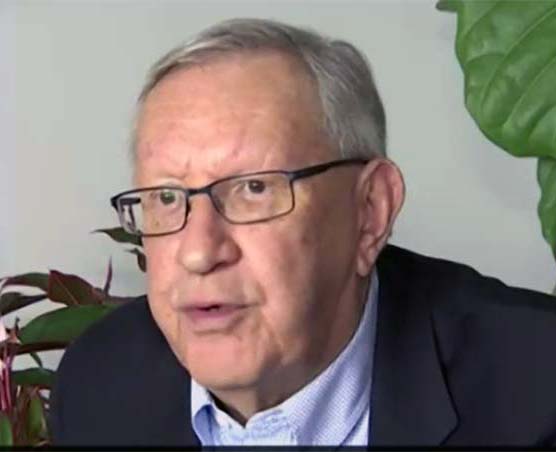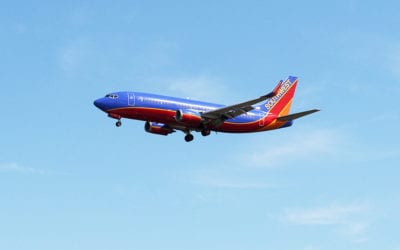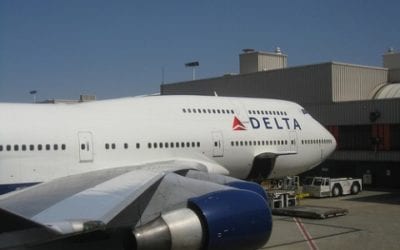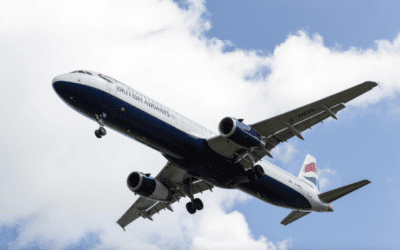Rep. John L. Mica, Ranking Members of the House Committee on Transportation and Infrastructure sent out the following press release excoriating the Transportation Security Administration’s (TSA) behavior detection program this morning after a press conference with findings from a U.S. Government Accountability Office (GAO) study conducted at his request.
The report confirms a bureaucratic organization out of touch with reality spending taxpayer dollars without proper research, cost benefit analysis or a test of the program in an airport environment.
So far only the House of Representatives has been attempting to get control of the burgeoning TSA and Homeland Security organizations. A TSA Authorization Act was passed by the House last summer, but was ignored by the the Senate. Without Congressional oversight, TSA will continue to waste hundreds of millions of dollars.
(Washington, DC, ) – In the wake of a federal report highlighting the failures of the Transportation Security Administration’s behavior detection program, U.S. Rep. John L. Mica (R-FL) called for a reorganization of the TSA, which he called a “bloated, ineffective bureaucracy.”
The U.S. Government Accountability Office (GAO) conducted the review of TSA’s behavior detection program, known as SPOT (“Screening Passengers by Observation Techniques”), at Mica’s request. Click here for the public version of the report (GAO-10-763).
“GAO’s report confirms that TSA has bungled the development and deployment of a potentially important layer of aviation security,” Mica said. “Other countries, such as Israel, successfully employ behavior detection techniques at their airports, but the bloated, ineffective bureaucracy of TSA has produced another security failure for U.S. transportation systems.
“I have written to Secretary Napolitano to express the need for the immediate reevaluation and reorganization of the TSA, an agency teetering on the verge of disaster.” Mica transmitted his letter to the DHS Secretary earlier today.
According to the GAO report, TSA spends hundreds of millions of dollars annually on the SPOT program. TSA began pilot tests of SPOT in 2003, and began to significantly increase deployment of Behavior Detection Officers (BDOs) in March 2007. Approximately 3,000 BDOs are now deployed to over 100 of 457 TSA-regulated U.S. airports.
However, according to the GAO, TSA never scientifically validated the list of behaviors underpinning the program, never determined whether the techniques could be applied for counterterrorism or in an airport environment, and never conducted a cost-benefit analysis.
The program has also failed to identify known terrorists that have travelled through SPOT airports. Since the program’s inception, 17 known terrorists have traveled through eight SPOT airports on 23 different occasions. This includes Faisal Shahzad, the Times Square Bomber.
The GAO reports that between May 2004 and August 2008:
2 billion passengers went through SPOT airports
150,000 were selected for secondary screening
14,000 were referred to law enforcement
1,100 were arrested
0 were arrested for terrorism.Mica had urged the development of a behavior detection program, based on the highly successful Israeli model utilized by EL Al Airlines.
“Unfortunately, the TSA’s SPOT Program is not like the Israeli behavior detection model. Unlike the Israeli program, SPOT is conducted from a distance, with no personal interaction between the passenger and the TSA employee performing the SPOT screening unless the passenger is identified for secondary screening,” Mica said. “El Al also trains all their staff in behavior detection techniques, not just the screening staff working the passenger checkpoints.
“Earlier airport screening penetration tests have repeatedly demonstrated the TSA’s failure to detect threats. I sought a robust behavior detection program to address those failures. Unfortunately, penetration testing continues to show that even with new screening technology and the SPOT Program, the aviation screening system is not working.
“TSA is a bureaucratic nightmare, with over 60,000 employees and top heavy with supervisory and administrative staff. At TSA headquarters, where 30 percent of employees are supervisors, the average salary is over $105,000. Thirteen percent of field employees are supervisors. This is a massive bureaucracy that cannot effectively ensure the safety of U.S. transportation systems, and something must be done to improve the agency’s performance,” Mica concluded.

Charlie Leocha is the President of Travelers United. He has been working in Washington, DC, for the past 14 years with Congress, the Department of Transportation, and industry stakeholders on travel issues. He was the first consumer representative to the Advisory Committee for Aviation Consumer Protections appointed by the Secretary of Transportation from 2012 through 2018.




